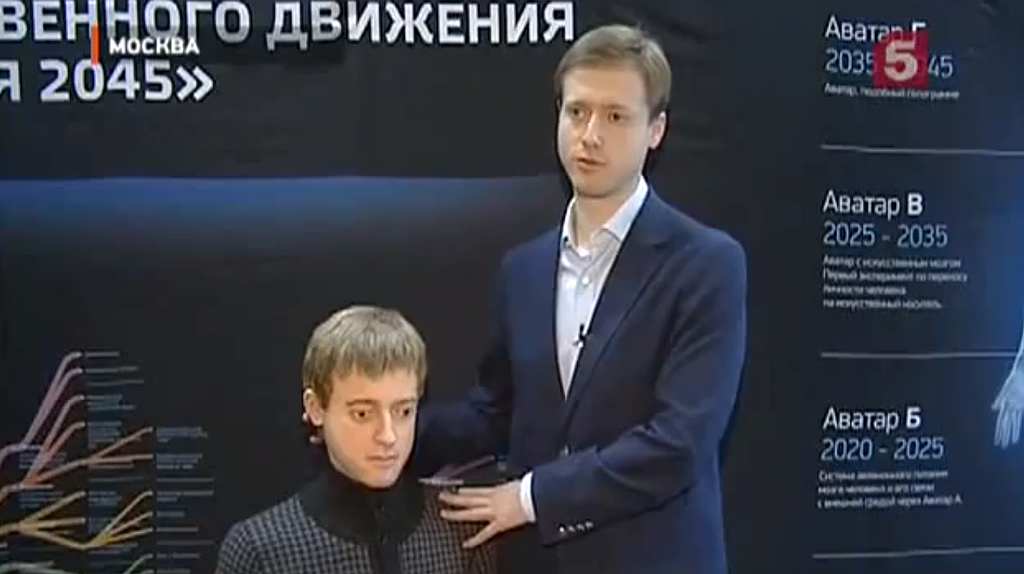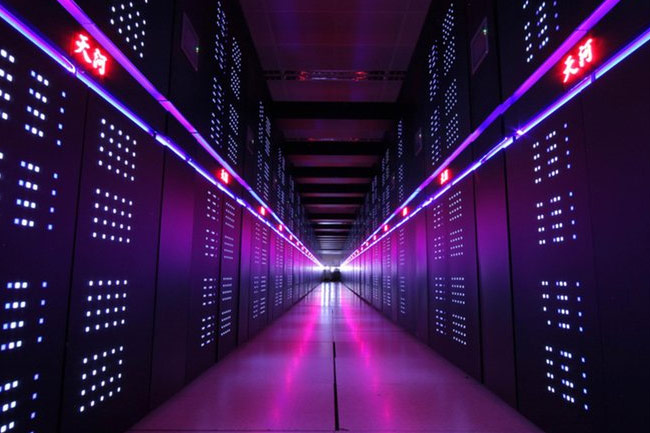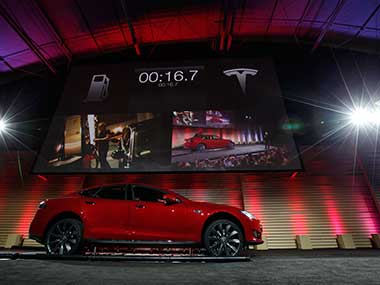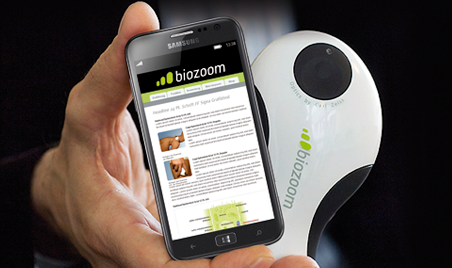Science and technology headlines that jumped out at me this week include the following:
- China Breaks the World Record for Supercomputer Speeds;
- Tesla Motors to Try Battery Swapping;
- Medical Avatars “Hired” to Talk to Patients;
- Another Candidate Tricorder Emerges;
- New York Conference Gathers Trans-humanists who want to become Androids.
Move Over the U.S. – China Owns the Fastest Supercomputer For Now
It is called the Tianhe-2 and is the product of China’s National University of Defense Technology. It performs processing speeds of 33.86 petaflops per second. That’s almost twice as fast as the Titan, the U.S. Department of Energy computer that previously held the record. The computer uses a combination of Chinese-built and Intel technology to achieve these processing speeds which are useful in analyzing complex models such as those studied by meteorologists and geneticists.
Just how fast is 33.86 petaflops? Almost 34 thousand trillion floating point calculations per second. When I compare that to my desktop computer which does 2.8 billion calculations per second, I would need 12.14 million to equal the processing power of one Tianhe-2.
Tesla Continues to Try and Entice Consumers to Buy Electric Vehicles
Recently Tesla began rolling out a plan for a coast-to-coast recharging station network here in North America. But even with these stations the current technology can take up to 30 minutes to top up the onboard battery on Tesla Model S sedans. But Tesla wants to give its customers a faster turnaround and it believes it can do this with a swap out plan that can exchange a depleted battery in a little over 90 seconds. That’s even faster than a stop at the gas pumps. Tesla demonstrated this capability on June 20 and you can watch to see just how it is done. Tesla plans to have 50 spare batteries in inventory at any of its charger stations.
An Israeli company, Better Place, recently tried a similar strategy but it failed to catch on and the company closed its doors last month.
Medical Centres in California are “Hiring” Avatars for Patient Interactions
Sense.ly may be the wave of the future, an avatar nurse who can interview and assess a patient in multiple languages over the Internet, by telephone or through a television monitor. Her name is Molly and she has the ability to react to information received in an emotionally appropriate way. She can ask questions and answer those posed by patients. The technology that Sense.ly deploys can collect data from medical devices the patient is using in his or her home. With Microsoft’s Kinect she can even observe a patient’s limb dexterity and mobility. Molly can change facial expressions and intonation.
The pilot project which will involve between 50 and 60 patients is in San Mateo California and appears to be well received by the first to interact with the avatar. One patient states “I’ve gotten used to the avatar. I look forward to seeing it when it comes online.” One physician in the pilot program states that some patients are more willing to share personal information with an avatar, something they might not be willing to do with their own doctor who they know personally.
“Star Trek” Move Over – There’s Another Tricorder in the Running
Last week I wrote about the Scanadu Scout, a tricorder equivalent raising funding on IndieGoGo. Well it seems there is another medical device that is a candidate to provide the same capability. Joining it is the Biozoom Biofeedback Scanner, a product of a joint venture between Vodafone and Carl Zeiss.
Biozoom is a handheld trans-dermal scanner that measures antioxidant levels, Cytochrome c-Oxidase, stress levels, VO2 max and skin moisture. It does this using an LED to radiate light into the skin of the user’s palm and reading it in 16 milliseconds. The data then gets transmitted to a smartphone, tablet, laptop or personal computer. Biozoom is adding additional capability to the scanner in the near future including reading cholesterol, blood sugar, and blood alcohol levels, and doing toxic screening for drugs.
Want to Become an Android Group Confers in New York City
At the Global Future 2045 conference last weekend in New York City, a group who call themselves trans-humanists gathered to talk about the technology needed to download a human mind into a machine. In attendance – 230 journalists, an Eastern Orthodox archbishop, a Tibetan lama, Google engineers and a number of scientists from universities and research institutes right across North America.
The organizer was Dmitry Itskov (seen below with his android equivalent), a Russian entrepreneur and millionaire on a mission to create a trans-human-machine species that is freed up from our biological mortality. Mr. Itskov wants to live forever and he plunked down $3 million to host the conference for a meeting of the like-minded.
For him the Singularity that Ray Kurzweil has espoused is likely by mid-century and he is the author of the manifesto for Initiative 2045. The end result if successful will mean all aspects of our mind, personality and memories will become software. To accomplish such a feat will require much more processing power than even that displayed in the Tianhe-2, China’s super fast super computer which you can read about above.
A Postscript
If you are a first time visitor to 21st Century Tech Blog then welcome. You can search all the backlog of blog postings a number of ways. There are the menu tabs at the top of the page. There is a search function to the right of the tabs that you can use to type in key words or phrases. Below on the right you can drill down on the category pick list. Or you can just view postings by month.
For past readers who keep on returning in the thousands I thank you. You inspire me through your questions and comments to research the advances we are making in technology and science and write about them almost every day. So keep on coming back and I promise you lots more to read.
– Len Rosen












